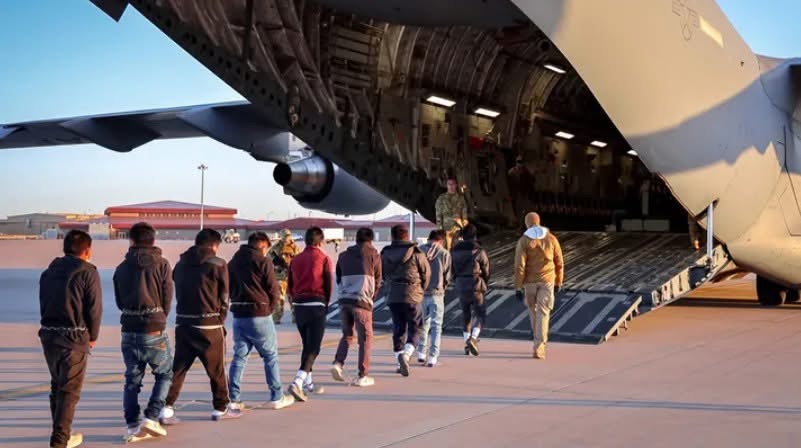BREAKING NEWS Just hours ago, a tremendous fire broke out there!
In the early hours of the morning, while much of the world was still waking, the earth itself reminded millions of its raw, unpredictable power.
A massive 7.7-magnitude earthquake struck near the China-Myanmar border, sending violent shockwaves across southern China, northern Thailand, and deep into Myanmar.
The quake struck without warning, its epicenter lying just 10 kilometers below the surface. Initially, many residents felt only a faint tremor, mistaking it for a passing truck or minor ground movement. Within seconds, that subtle vibration escalated into intense shaking—strong enough to tear buildings apart, crack streets, and reduce entire communities to rubble.
Witnesses described scenes of pure chaos. Families fled their homes barefoot, clutching children or assisting elderly relatives. Streets filled with panicked cries as people desperately searched for loved ones. Power went out across multiple towns, plunging neighborhoods into darkness just as debris rained down from collapsing structures.
By mid-morning, the scale of destruction became heartbreakingly clear. Dozens were confirmed dead, hundreds injured, and many more feared trapped beneath the rubble of collapsed apartment blocks, offices, and homes. Survivors gathered in makeshift camps, faces marked by shock, fear, and grief as aftershocks continued to ripple through the region.
Impact Across Borders
Although the quake’s epicenter was near the China-Myanmar border, its effects stretched far beyond. In southern China, small border towns bore the brunt of the shaking, with streets reduced to ruins. In Myanmar, fragile rural infrastructure collapsed, leaving entire villages flattened. Even northern Thailand felt the tremors, as cities like Chiang Rai and Chiang Mai evacuated residents from homes and hotels into open squares and streets to avoid collapsing buildings. Tourists reported alarms ringing, furniture toppling, and glass shattering as the earth convulsed.
Race Against Time
The first hours after a disaster are always critical. Rescue teams mobilized quickly but faced immense obstacles: cracked roads, landslides blocking access, power outages leaving hospitals to operate on generators and flashlights, and communication networks down, leaving families desperate for news.
Despite the challenges, search-and-rescue efforts pressed on. Firefighters, soldiers, and volunteers dug through rubble with bare hands and shovels, listening for faint cries from survivors. Temporary shelters sprang up in open fields, where families huddled under tarps as relief workers distributed food, water, and blankets. International aid organizations monitored the situation, preparing to step in. The scale of destruction made clear that recovery would require both local and global cooperation.


